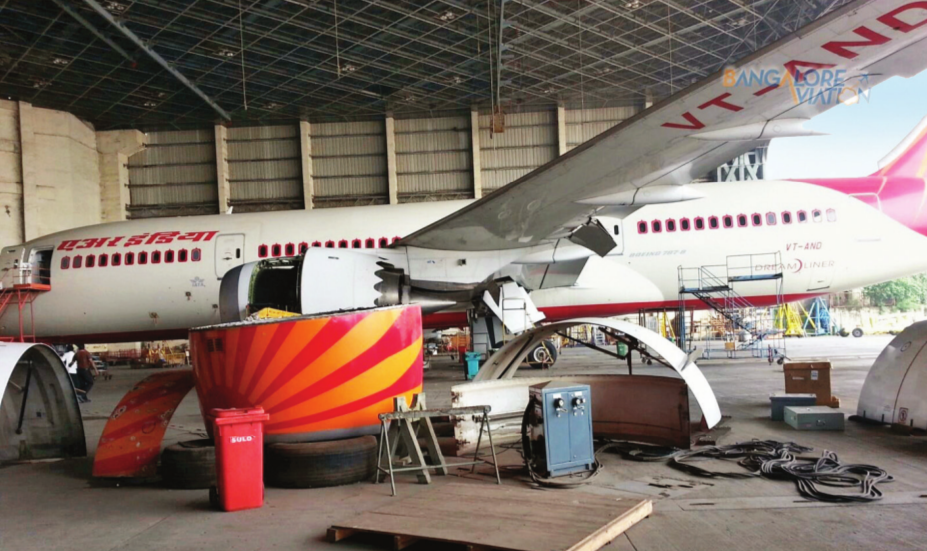
By Maj Gen (Dr.) Ashok Kumar, VSM (Retired)
New Delhi. 16 October 2022. Maintenance, repair and overhaul is increasing its attention span with every passing day. Careful examination of the linked issues confirm that it not only reduces the input cost of the equipment but enhances the lifespan as well. Invariably MRO is understood to have come into play after the equipment is manufactured and is made available to the user. Conventionally Installation / operationalization, preventive / predictive/ time linked or parameter based maintenance and the overhaul either at a predetermined time or some upgrade need begins and completes MRO cycle.
There are new and automated means, including blockchain, AI and IoT which add to our capability in the MRO domain, but incorporation of certain design features reduce the amount of effort needed for MRO substantially. Similarly, during in service stage of the equipment, redistribution and upgrades also add to the astronomical value and the in the end, effective discard not only adds to environmental concerns, but gives value to the owners, whether an individual or an organization. Effective discard also has the huge potential in terms of sourcing serviceable components as spares, preparation of cutouts for training needs and in the end, ensuring recycling and adding value to the entire chain.
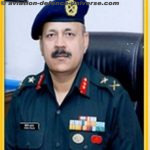
Emerging quality footprints and consolidation cum capacity creation is not only a national phenomenon but is an international phenomenon. India can be a world leader in the field of MRO, wherein it can create capacity surge in the MRO domain with qualitative edge. This can be achieved by creating world class eco-system in the country and by establishing a vibrant chain in other friendly countries of the world factoring their needs. It should be an empowering activity as against the expansionist approach, as displayed by China.
Design distribution and discard will be discussed to highlight as to how these facets make MRO efforts more sustainable and economical.
Design
Design should be preferably futuristic in all the domains as only then the product can be sustained for longer durations. Some of the features needing attention for better MRO support could be as under:
.Adoption of universal standards, not only in a particular type of equipment, but all across multiple equipments. It will enhance inter operability for MRO services, for example, the mobile chargers should have a standard configuration and all mobile chargers should be brand agnostic. Not only this, all equipments needing the charging whether tablets, laptops or any other equipment should get the charging support from the common charger. This will not only benefit the users to reduce the number of chargers in the house, saving him time and money, but will also benefit MRO providers to reduce the infrastructure need. This example is too simplistic to explain the concept but once expanded to all the equipments, it will be a game changer. While new universal standard is adopted it should also factor as to how all other equipments can also adopt to the new standard equipment, even if it requires a contraption to be used for the purpose. Nothing should be wasted out.
.Majority of the equipments should utilize the common and standard parts, which should be thereafter modified for their actual requirements, either by enhancing the output or by reducing the output. If a transformer is used with standard specification, and is required to be used in multiple equipments needing different outputs, step up or step down mechanism can be attached to ensure that desired input is available to the equipment. This is a common practice in Russian category of equipments, though it may result in relatively bulkier equipment at times. It may be still preferable in reasonable number of defense equipments, but a more advanced approach may be needed for lighter equipments. This will result in substantial saving of training the MRO personnel ,reduce the cost of tools, as less number of tools will be needed besides extending the reach of MRO support. Some degree of trainability will be possible to be embedded in the users as well.
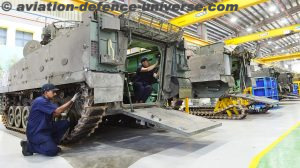
.The equipment design should be factoring the MRO needs in terms of ease of access to various parts for maintenance, repair and overhaul. To the extent possible, common lubricants and oils should be used to reduce the amount of effort besides ease of stocking and replacement.
.The design must facilitate future upgrades so that the equipment life is sustained. This is more critical in the defense sector as use of the equipments are primarily in training activities, and majority of them don’t get employed ever in war, and discarded, as war is not the everyday affair. It is therefore essential that the equipments must factor the likely upgrade possibility in the design stage itself so that these can be easily upgraded as and when the need so arises.
.Design is so connected to MRO that it has huge potential to ease the MRO support as well as make it easily implementable. The majority of attack plans in the battles are modified based on availability of Artillery support. There is also a similar need to design the equipment factoring the MRO needs efficiently. If MRO support is getting complicated in the planned design, the design itself should undergo a change.
It therefore clearly emerges that there is a crying need to understand the implications of MRO support at the design stage itself and the design followed by production must factor the ease and affordability of the MRO support.
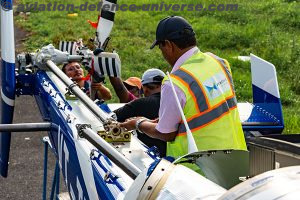
Distribution
MRO networks must be established in the country and abroad. These should be based on current density of all types of equipments. These should factor the future growth of the equipments both in terms of size and variety for which data could be extrapolated. This can be modified bi-annually or five yearly for scaling up or scaling down.
Based on changing load, the resources could be redistributed. It will be easier if the modular model is adopted as it facilitates both the upscaling as well as downscaling.
This distribution is not only limited to MRO infrastructure and HR, but also relates to readjustment of upskilling of the trainers, which in any case must be embedded in the MRO networks. There is also a need of redistributing the equipments from one user to another user both in the defense domain as well as in the civil domain. The equipment must be fully functional and maintained before being redistributed. The equipment from the defense forces could be distributed to CPMF and from CPMF to the other border guarding forces/ state police forces/ CAPF based on the needs of the recipient. Similarly, the equipments in civil domain could also be redistributed by re- selling after giving quality assurance as is being done by CAR 24 and some other ventures. This must exist for all the equipments but after ensuring proper functionality, maintenance and quality control, which could be new charter for MRO networks.
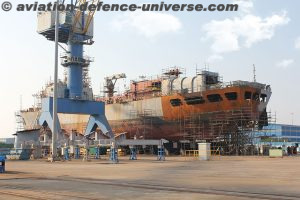
Discard
Apparently indicating the end state of an equipment’s useful life, discard has the huge potential of saving the monetary component of the nation. One discard relates to midlife distribution, which has already been covered but it is apt in the cases where the equipment is no longer required by the current user but has adequate life balance for other users. Then comes the final discard where MRO has to play again a very important role. Some of the activities could include :
. Using a functional or cutout model for the training purposes.
. Identifying the spares which can be cannibalized for making other such equipment serviceable.
. Draining the oils and lubricants which could be still usable in other serviceable equipments if the exercise is cost effective.
. Coordination with concerned industry for recycling and reuse of the discarded equipment.
. Disposal in a manner that it meets the stringent environmental norms.
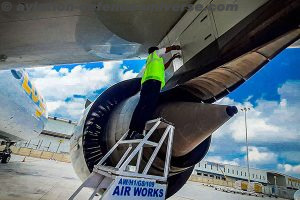
End View
Design distribution and discard have the huge potential of improving MRO qualitatively and making it most cost effective. A new ecosystem in the country can thus be created with networks of MRO based on the equipment density including factoring the assessed future changes. The network so created can be expanded to the other countries as well as there is huge diaspora of Indians in many countries of the world. It is essential that one of the three options are explored for this:
. Government to government through diplomatic missions. Most effective provided their mandate is modified.
. Public Sector undertakings or private sector exporting equipments to various countries, where they can employ Indian HR and establish MRO networks to support the equipment exported.
. By industry interaction wherein our MRO capability is showcased to them and they come forward for such needs in their own country.
MRO requires a national movement to have substantial cost saving to the individuals, organizations and the country besides providing employment to the countrymen. It can be simultaneously extended to the majority countries in the world.
(Maj Gen Ashok Kumar, VSM (Retd) is a Kargil war veteran and defence analyst. He is visiting fellow of CLAWS and specialises on neighbouring countries with special focus on China. The views in the article are solely the author’s. He can be contacted at editor.adu@gmail.com).
























































































































